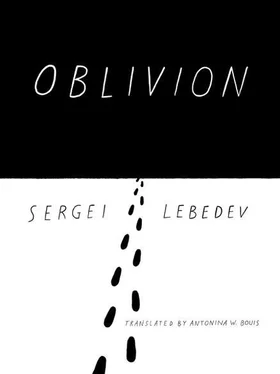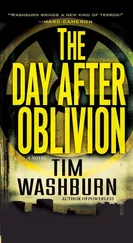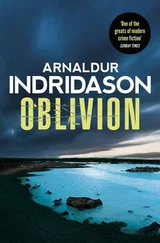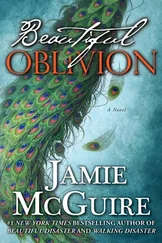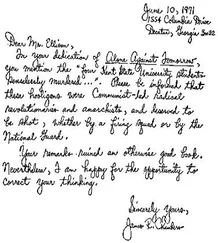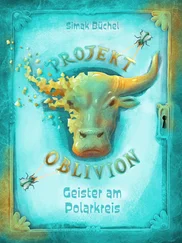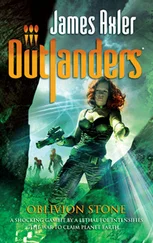The Scorpion-Man opened his mouth to speak, said to Gilgamesh:
‘There never was a mortal, Gilgamesh,
Never one who could do that.
No one has travelled the mountain’s path.
For twelve double-hours its bowels…
Dense is the darkness and there is no light.
To the rising of the Sun…
To the setting of the Sun…
To the setting of the Sun…’
Gilgamesh said to the Scorpion-Man:
‘Whether it be in sorrow,
Whether it be in pain,
In cold, in heat,
In sighing, in weeping,
I will go!
Let the gate of the mountain now be opened!’
“Let the gate of the mountain now be opened!” I repeated; I thought about the Yakut tales of mammoths living underground, and if the tundra buckled from the ice freezing in the soil, the Yakuts believed that mammoths had walked deep underground; if they found a mammoth carcass in a precipice, they thought it had died by accidentally stepping out into the sunlight. I sensed that this imagery was right—going through land, through mountain, through accumulated ossified time; but I did not yet know what I would have to do, how to act.
Nights were dreamless, but close to dawn dreams came, three dreams; they repeated in the same order. Sometimes a dream extends into the deepest layers of consciousness that lie beside the main well through which we dive into ourselves; it is they, and not the popular ideas of the moment, that in many ways determine our belonging to a certain historical time.
Military brass bands have different sounds in different years, and depend not only on the hearer; there is a silence on the eve of war that can be torn by the sound of a single bugle, and there is a silence after a defeat in which the sound of an entire band will be muted and lost.
There are times of light and times of darkness; the general tone changes, the illumination changes, and the same color looks different as if in different optical media: the red banners of the Civil War, which had more scarlet, and the red banners of the thirties, which had more crimson, look the same in black-and-white newsreels.
It turned out that the portion of the past that is extant and unnoticed in the present, diffused in it, is very great; it was the voice of grains, the argument under the bench, the voice of random people, chords of random melodies through the rasp of the loudspeaker, the voice of boarded-up windows. Sand, dust, ashes, remains, bone meal, salt, sugar, kerosene, soap, matches spoke; old houses, river bends, rotting sunken ships, coal burned in furnaces, gunpowder pushing bullets out of barrels, and the greenish metal of casings all spoke; everything that vanished, disintegrated, was drunk, eaten, lost, and used up also spoke, and it was lost, it echoed in the dream gathering strength; it would not yield to daytime consciousness, only to sleep.
The first dream started: I saw the springtime river ice, mushy from the weakened inner tension, and still solid only in one place, a strip across the river.
There was a ford there in winter, the trampled snow hardly melted, and the ruts made by wheels, runners, horseshoes, boots, and children’s shoes stood out more. They took on additional meaning: the people were dead—that was the knowledge of the dream—but their footprints accidentally survived.
An archaeologist finds a declivity in hardened sand, a footprint, and in the unimaginably distant past, where you can’t even imagine human existence, a notch appears for counting to begin, a sign of affirmation: I was. This phenomenon, which has a dual nature of fact and symbol—one reinforcing the other—graphically approaches the pulsating point in the middle of the page, without any neighboring points; the starting point.
The footprints on the ice also pulsated, but they were not just points: voluminous letters of set type, forming words, lines, text. It seemed that each had been left deliberately: people could have walked without a trace and in general life is such that no traces are left if you don’t make an effort—but the ones who had walked on the ice had stepped intentionally so that the wet snow of the thaw would accept the body’s weight and take a cast of their soles.
The words frozen in the ice were bitter; every print meant a step, and the step brought them closer to vanishing, which the print resisted. They were repeated—thus a desperate person keeps repeating the same thing, and a recitative appeared composed of many repetitions.
Hasty, overlapping, overflowing, like a lament, the prints joined up a multitude of fates and the single path. It seemed that an unremitting threat had accompanied the travelers, pushing them from behind, keeping them from turning off.
Later—the guess arose one night and then kept appearing every time—I realized that somewhere in the snowy mush were prints of the guards’ boots, who were unlikely to have walked on the untouched snow, but they were no longer recognizable: they were lost, blended into the whole. This indistinguishability of prisoners and guards—when you can’t tell which was which—elicited horror, even though there was a hint in it: it was not the convoy of guards that pointed out the direction, for the threat that forced people to walk on the ice hovered over them as well.
Here the dream changed; somewhere so far away that its small universe barely accommodated such a distance, something collapsed, the concussion accelerated time that had been imperceptible until then, an icy crashing roar grew—and a crack zigzagging along the line of the river channel broke the ice of the ford in two.
The crack expanded rapidly, turning into an ice hole, foaming water bursting from it; the ice fragmented, chewed up by the ice holes, tearing the solid picture of the ford into shreds; floes tumbled and the water pushed with greater strength, inundating all the traces, all the prints. This was water of the bottom currents that avoided the ice holes, that had settled in the deep holes beneath the steep banks, oily and stale, as if the drowned had decomposed in it slowly—because of the cold—it was like the emptiness of an undiscerning gaze in which things, phenomena, and events are lost and cease to exist.
Suddenly in a single movement, the weight of the ice as yet untouched by cracks in the channel moved forward, which revealed how wide the channel was. What had seemed to be a sloping bank turned out to be ice hummocks, while the banks were so far away that they could not be seen by the eye or captured by the mind. The movement of the ice knocked me off my feet and then the ice holes moved out beneath me.
This is where I woke up, but I woke from one dream into the next. Both—and there is still the third—were related to each other like several spheres with a single center. Moving from dream to dream you were always in the heart, in the epicenter of events expressed differently in each of the spheres of the joint three-part dream.
I was on a train platform, seeing it not with the vision of an eyewitness, but somehow from inside the event. And so the dream began: a train approached the platform; two dozen cars seemed insignificant compared to the steam engine. The smoke, imbued with soot, was stifling; the dull cutting edge of the wheels, their red spokes, the grease like a bodily discharge oozing from the pistons; the ruby star at the end of the headless torso was like a brand on a powerful animal that consisted only of muscles, branded by a five-pointed cut, and the power of the muscles pushed red meat through the wound, creating a mark that was a convex star—this all overwhelmed me and deprived me of will.
I—the me who existed outside the dream—naturally knew how the old steam engines looked: I’d had a childhood full of technology, of enormous machines made to scale as toys. But in my time steam engines were different. The imperfection of construction—the way dinosaurs are imperfect from the point of view of evolution—made that mass of metal seem alive somehow; technology and primal force.
Читать дальше
